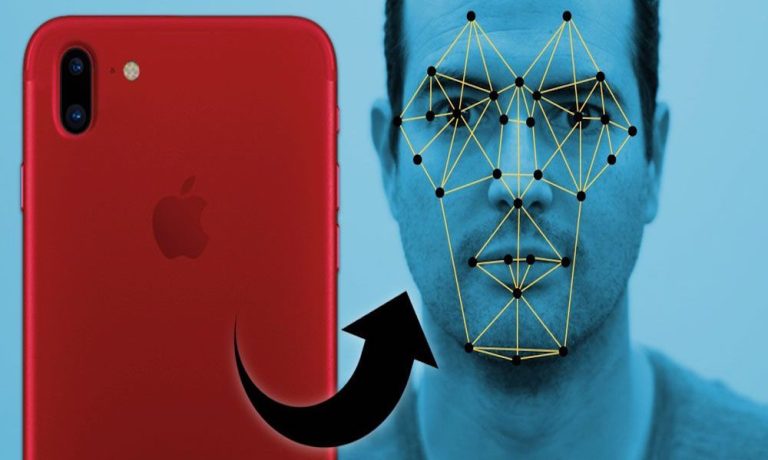
Apple published a whitepaper Wednesday that helps derail the inner-workings of its Face ID security system.
As relayed in the paper, and as recounted on The Verge and other news sites, the upcoming iPhone X is being built with the face recognition function. The paper, available via the tech giant’s privacy page, illuminates the security and privacy features of Face ID.
As reported by The Verge, details abound on how the upcoming iPhone X stores the digital faceprints themselves. The newest security offering works much the same way Touch ID worked in previous iterations of the iPhone: Your face is “read” like a fingerprint, and a “partial version” of that reading is stored and compared against future users.
The site noted that the digital snapshot of the face is “purposefully incomplete,” making it difficult to spoof the system. Upon registration of one’s face with Face ID – which will also work with Apple Pay – the system will update with subsequent logins, indicating that the phone will stay up to date with users even as their faces change with, say, the addition of glasses or beards.
“If Face ID fails to recognize you, but the match quality is higher than a certain threshold and you immediately follow the failure by entering your passcode, Face ID takes another capture and augments its enrolled Face ID data with the newly calculated mathematical representation,” said the whitepaper. “This new Face ID data is discarded after a finite number of unlocks, and if you stop matching against it. These augmentation processes allow Face ID to keep up with dramatic changes in your facial hair or makeup use, while minimizing false acceptance.”
Caveats: A user’s eyes must be open and directed toward the screen. Conversely, the whole system can be bypassed and passcodes mandated to unlock the phone.
Should Face ID not work, the security system will reset the ID mechanisms and work with users to “veto” pictures that may be preventing login, all part of customer support functions, said The Verge.